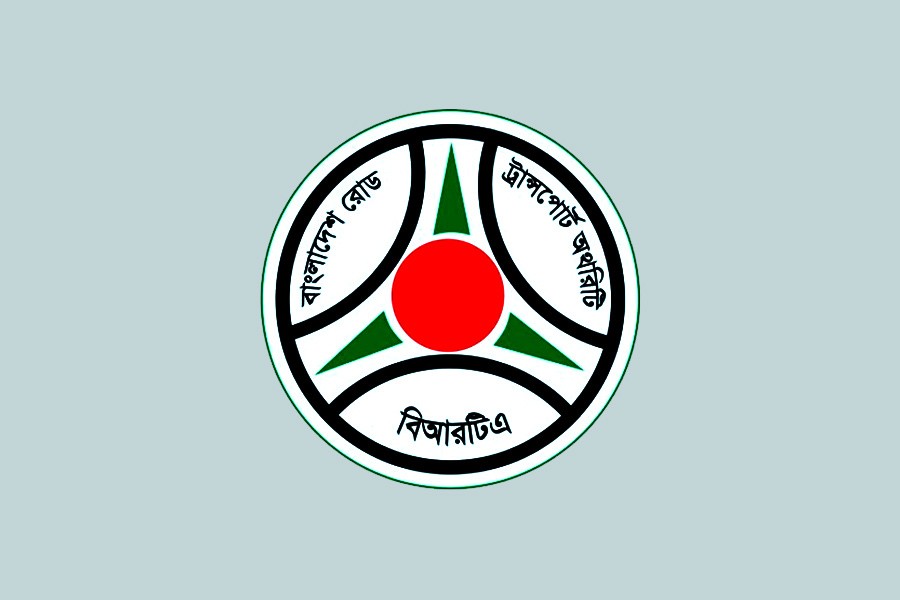The Supreme Court's ruling last week that drivers must be tested for drugs and their eye sights must be certified to be in order to make them eligible for sitting behind the driving wheel must be welcome by all and sundry. A two-judge bench of the High Court Division asked the government, the Bangladesh Road Transport Authority (BRTA) and law enforcers to devise a system within the next six months to carry out the tests to check road accidents. The High Court Division bench's directive came in a verdict in a public interest litigation writ petition that awarded Taka 50 lakh) to two orphan brothers of a road accident victim named Rajib Hasan, a student of Titumir College, Dhaka, made well-known over the last fourteen months through innumerable protests and countless mentions in the media. This is a sad tale of how one can become notable, by dying under the wheels of vehicles operated by undisciplined drivers indiscriminately. While the BRTA has fallen short to rein in drivers, many of whom do not have proper licences, it was reportedly going to appeal against the judgement. People might quip that BRTA could have better used the time and legal fees to improve its performance on roads.
Road accidents have become a daily event in Bangladesh in recent times. Hardly a day passes when casualties, on many days double-digit in number, are not reported in the media. With the number of vehicles rising to nearly thirty-nine lakhs as against only twenty-one lakh valid licensed drivers, BRTA's job has become onerous. And these people ply on mostly low-quality roads with below-par vehicles. Let alone check the number of fraudulent licences, BRTA does not have even a mechanism for drug tests on drivers. According to a recent survey, 38 per cent of the heavy vehicles are run by drivers with fake licence. Add to it the recently announced relaxation of licence-issuance by another six months under which a lower category licence holder may drive a vehicle of a higher class. Not that BRTA wants people to die under the wheels of speeding buses and trucks and vans, but it simply has become an unwieldy body. Reports have it that in the preceding decade more than twenty five thousand people lost their lives in road accidents. This included children, mothers, newly-weds, aspiring students, bureaucrats, cops, citizens, journalists and writers, daily wage-earners, teachers and what not. A further twenty thousand have got injuries of varying degrees, some of them maimed for the whole life, over the same period. For the brief period of ten days up to June 09 last, 142 people were killed and 324 were injured. The degree of drug addiction among drivers, and hence its contribution to accidents, has not been assessed, but given that Yaba has been named as an oft-used addiction, drivers, once out of the family fold and needing to remain active and awake over long periods, have a greater propensity to use it. And therefore they become causes of crashes. And yet only 5.0 per cent of the road accidents end in conviction, a glaring enforcement failure. This loophole has to be eradicated.
We would suggest a thorough revamping of the BRTA. More than big buildings on the unlikeliest of places, it needs trained manpower having administrative, legal, managerial and technical knowhow. Proper training for both its staff and for aspiring drivers has to figure at the top of its agenda. More than any other state institution, BRTA deserves greater attention, if only because human lives are at stake here.


